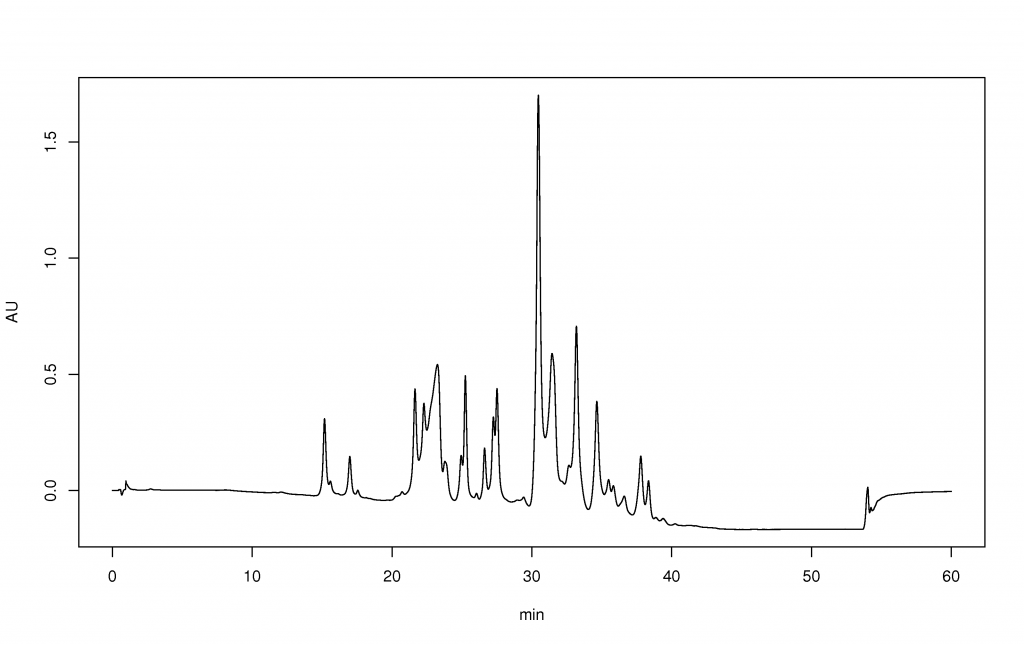Solving mysteries has always fascinated human beings. We love mystery novels and crime dramas since we would like to deduce who the culprit is. In real life, improvements in mathematics also cope with deducing a puzzle. Rather than private investigators, processes like chromatography often solve real-world puzzles. Chromatography is a process which helps scientists, law enforcement, as well as schools and employers identify the composition of a specific sample. Basically, scientists need a way to separate organic from inorganic chemicals. A solvent carries the mix to be assessed through some type of stationary material. Since the mixture passes through the substance, the analyze-the material that has to be identified-is separated and could be recognized. There are numerous unique classes of this procedure that have a wide assortment of uses. Kinds of chromatography
- Column chromatography
- Ion-exchange chromatography
- Gel-permeation molecular sieve chromatography
- Affinity chromatography
- Paper chromatography
- Thin-layer chromatography
- Gas chromatography
- Dye-ligand chromatography
- Hydrophobic interaction chromatography
- Pseudoaffinity chromatography
- High-pressure liquid chromatography HPLC
Liquid chromatography may be used to test water for pollution levels, while gas chromatography is used to test substances as varied as fibers or ascertain the existence of bombs in an airport. Thin-layer Chromatography provides a quick way to ascertain whether foods contain pesticides or insecticides. Chromatography is one of many separation techniques described as differential migration out of a narrow first zone. Electrophoresis is just another member of the group. The resistive force is the viscosity of this no flowing solvent. The combination of those forces yields ion motilities peculiar to each solute. what is a chromatogram Chromatography has numerous applications in biological and compound fields. It is widely utilized for the identification and separation of chemical compounds of biological origin. In the oil business the technique is used to analyze complex mixtures of hydrocarbons.

Although these Examples are very different, the procedure is the same. Chromatography methods based on partition are extremely effective on separation, and identification of small molecules as amino acids, carbohydrates, and fatty acids. But, affinity chromatographies i.e. ion-exchange chromatography are more effective in the separation of macromolecules as nucleic acids, and proteins. Paper chromatography is employed in the separation of proteins, and in studies related to protein synthesis gas-liquid chromatography is used at the separation of alcohol, esther, lipid, and amino groups, and monitoring of enzymatic interactions, while molecular-sieve chromatography is used especially for the determination of molecular weights of proteins. Agarose-gel chromatography is used for the purification of RNA, DNA particles, and viruses. A mix is broken down, and using different chemicals and procedures, unknown components in the mix are identified. Chromatography is a fantastic tool that we have developed to answer vital questions regarding health and public security. Through the use of controlled chemical interactions and reactions, chromatography helps us get to the bottom of things.